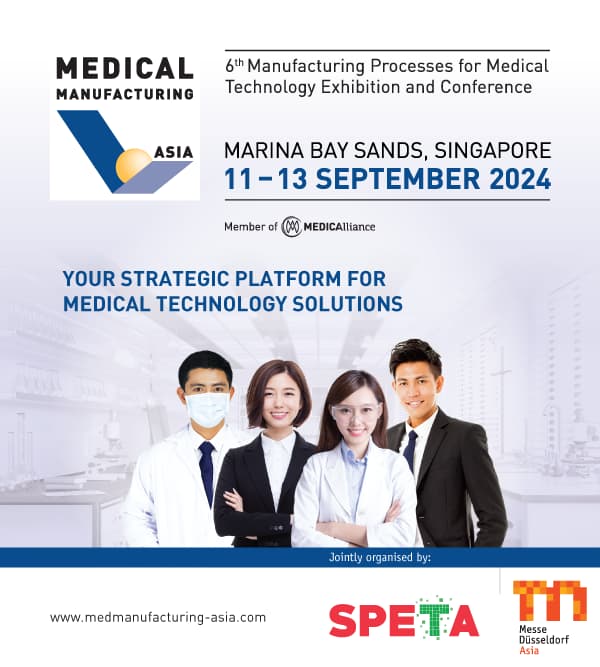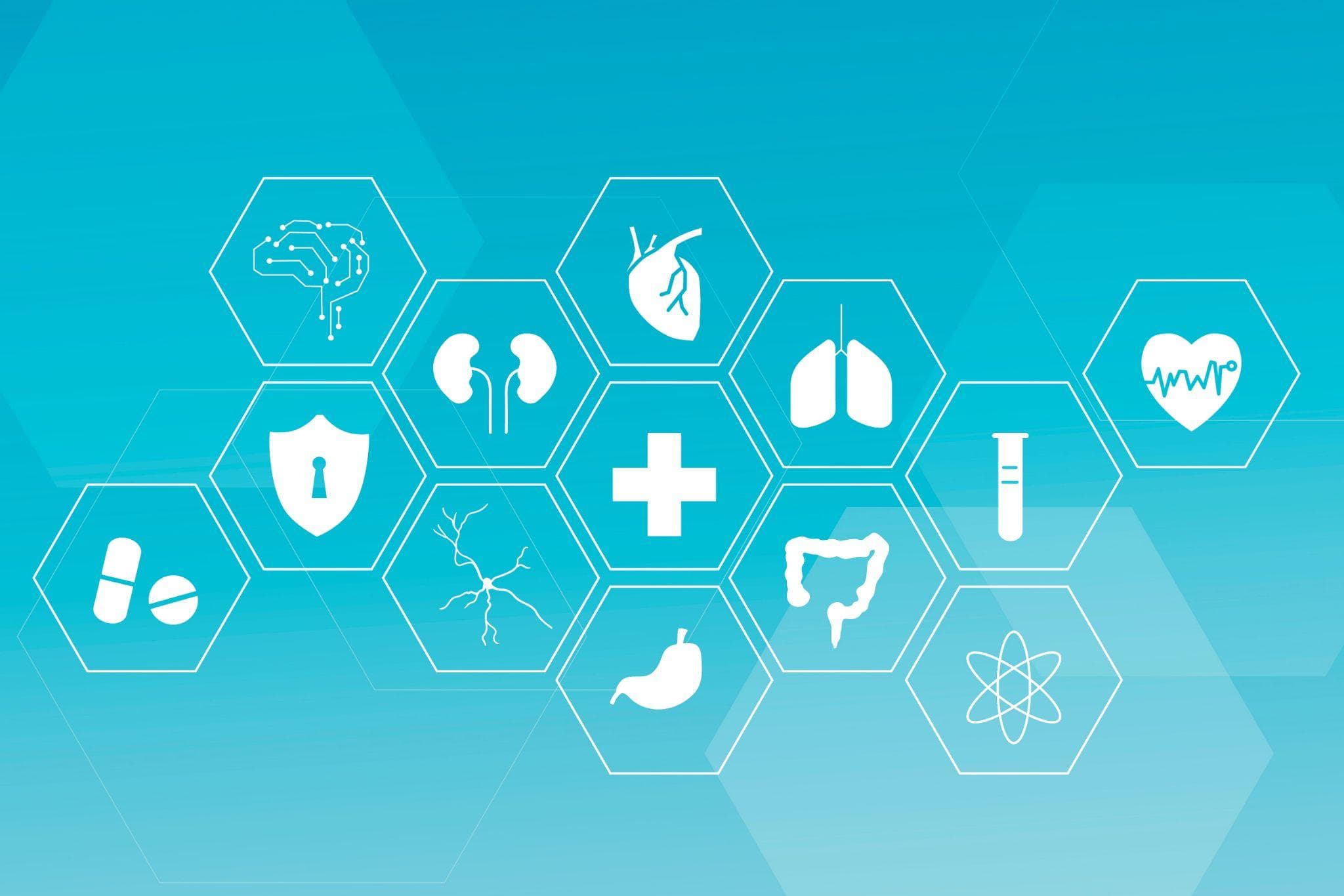



Today, technology is an essential component of medicine. The proper technology can help with increased efficiency, higher quality, and lower costs. Some of the numerous benefits that technology can provide include improving clinician communication, improving medication safety, reducing potential medical errors, increasing access to medical information, and encouraging patient-centred care.
Patient safety is a subset of healthcare that is defined as the avoidance, prevention, and amelioration of adverse outcomes or injuries caused by health-care processes. The application of information processing encompassing both computer hardware and software that interacts with the storage, information extraction, sharing, and use of healthcare information, data, and knowledge for communication and decision-making has been defined as healthcare information technology (HIT).
Medtech companies in Singapore are the forerunners when it comes to the Research and Development, and commercialisation of such patient-oriented medtech. Let’s see how technology is enhancing patient safety.
Multiple healthcare professionals are frequently involved in a patient's care during their medical journey. This leaves room for potential miscommunication and errors. Communication breakdowns are one of the most common contributors to the occurrence of unfavourable events. Electronic Health Records (EHRs) are intended to help reduce errors by collecting and storing all of the patient's health information in a single, easily accessible record.
Another common medical error that can lead to serious complications is prescribing errors. Medtech Asia is advanced where most healthcare facilities have in-place state of the art medtech platforms where clinicians can electronically communicate prescriptions to pharmacies. Prescription errors can thus be reduced. Some of the user-friendly features include medicine alerts, clinical flags and reminders. Medtech companies in Singapore has developed apps suitable to facilitate the same, prioritising patient safety.
Many serious medication errors occur as a result of clinicians not having enough information about the patient or drug. Now professionals can access valuable data banks for reliable information. Information pertaining to drugs can be found in e-books, databases and e-journals at any time for the use of clinicians, pharmacists or researchers.
Involving patients in their care is important for a variety of reasons, including increased compliance and patient satisfaction. By facilitating communication between providers and patients via online portals, text messaging, and email, technology contributes to patient-centred care. Easy access to information including medical records can enhance self-monitoring and convenience of patients.
Information technology has the potential to significantly impact patient safety. As with most technologies, there may be advantages and disadvantages. Patient safety and quality must always be the primary focus of any healthcare technology implementation or use.
There is compelling evidence that using electronic health records lessens medical errors and enhances patient safety. One of the most advantageous health information technologies for improving patient safety is computerised physician order entry. There is currently insufficient evidence to draw conclusions about the patient safety outcomes of the following health information technologies: electronic sign-out and hand-off tools, smart pumps, bar-code medication administration, retained surgical item detectors, patient portals, telemedicine, and electronic incident reporting. It is worth noting that evidence suggests that the 4 technologies discussed in this article improve healthcare processes and non-safety outcomes.
We draw the conclusion that health information technology helps to improve patient safety by decreasing medication errors, decreasing adverse drug reactions, and increasing adherence to practice guidelines. It is recommended that enough training and support be provided, patient safety reporting be encouraged, technology be optimised based on user feedback and patient outcomes, and cross-country best practices be shared to boost the adoption of technological solutions and their effective execution. By automating tasks, facilitating information sharing, enhancing clinical decision-making, intercepting possible errors, reducing variation in practice, and managing workforce shortages, technological advances have the potential to prevent adverse effects.